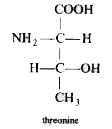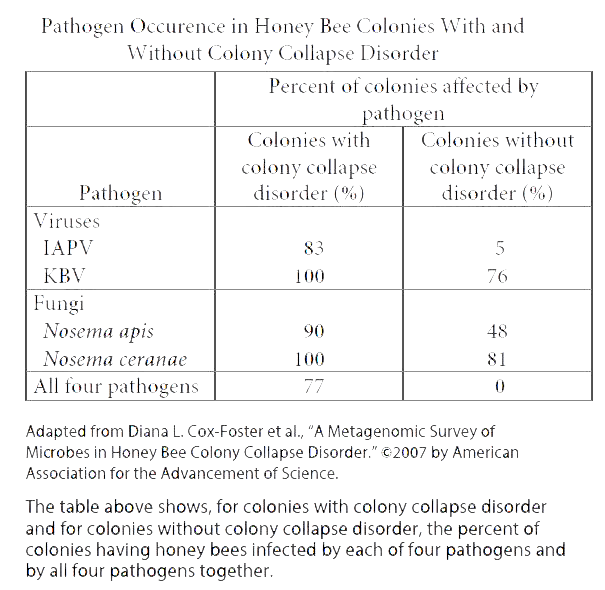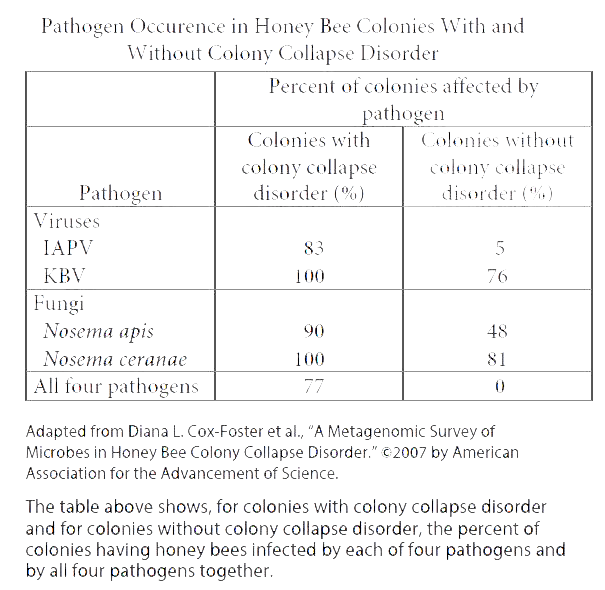Assertion (A) All naturally occurring α-aminoacids except glycine are optically active.
Reason (R) Most naturally occurring amino acids have L-configuration.
Assertion and reason both are correct statements and reason explains the assertion.
Both assertion and reason are wrong statements
Assertion is correct statement and reason is wrong statement.
Assertion and reason both are correct statement but reason does not explain assertion.
To solve the question, we need to analyze both the Assertion (A) and the Reason (R) provided.
Step 1: Understand the Assertion (A)
The assertion states that "All naturally occurring alpha-amino acids except glycine are optically active."
- Optical Activity: A compound is optically active if it can rotate plane-polarized light. For a compound to be optically active, it must have a chiral center (a carbon atom bonded to four different groups).
- Glycine: Glycine is the simplest amino acid with the formula NH₂CH₂COOH. It does not have a chiral center because its two hydrogen atoms attached to the alpha carbon are identical. Therefore, glycine is not optically active.
- Other Alpha-Amino Acids: All other naturally occurring alpha-amino acids (like alanine, valine, leucine, etc.) have a chiral center and are optically active.
Conclusion for Assertion: The assertion is true because all naturally occurring alpha-amino acids, except glycine, are indeed optically active.
Step 2: Understand the Reason (R)
The reason states that "Most naturally occurring amino acids have L-configuration."
- L-Configuration: In amino acids, the L-configuration refers to the specific arrangement of the amino group (NH₂) on the left side when the molecule is drawn in a certain way (Fischer projection).
- Naturally Occurring Amino Acids: Most naturally occurring amino acids in biological systems are in the L-configuration. This is true for the majority of amino acids that are incorporated into proteins.
Conclusion for Reason: The reason is also true because most naturally occurring amino acids do indeed have the L-configuration.
Step 3: Analyze the Relationship Between Assertion and Reason
Now we need to determine if the reason supports the assertion.
- The assertion is about the optical activity of amino acids, while the reason explains the configuration of these amino acids.
- Although both statements are true, the reason does not directly explain why the assertion is true. The assertion is about optical activity and the presence of a chiral center, while the reason discusses the configuration of amino acids.
Final Conclusion
- Assertion (A) is true.
- Reason (R) is true, but it does not support the assertion.
Answer:
The correct answer would be: Assertion is true, Reason is true, but Reason does not explain Assertion.
---
The assertion states that "All naturally occurring alpha-amino acids except glycine are optically active."
- Glycine: Glycine is the simplest amino acid with the formula NH₂CH₂COOH. It does not have a chiral center because its two hydrogen atoms attached to the alpha carbon are identical. Therefore, glycine is not optically active.
- Other Alpha-Amino Acids: All other naturally occurring alpha-amino acids (like alanine, valine, leucine, etc.) have a chiral center and are optically active.
The reason states that "Most naturally occurring amino acids have L-configuration."
- Naturally Occurring Amino Acids: Most naturally occurring amino acids in biological systems are in the L-configuration. This is true for the majority of amino acids that are incorporated into proteins.
Now we need to determine if the reason supports the assertion.
- Although both statements are true, the reason does not directly explain why the assertion is true. The assertion is about optical activity and the presence of a chiral center, while the reason discusses the configuration of amino acids.
- Assertion (A) is true.
- Reason (R) is true, but it does not support the assertion.
The correct answer would be: Assertion is true, Reason is true, but Reason does not explain Assertion.
Topper's Solved these Questions
- BIOMOLECULES BOOK - NCERT EXEMPLAR ENGLISHCHAPTER - BIOMOLECULES EXERCISE - Long Answer Type Questions
5 Videos
- BIOMOLECULES BOOK - NCERT EXEMPLAR ENGLISHCHAPTER - BIOMOLECULES EXERCISE - Matching The Columns
2 Videos
- AMINESBOOK - NCERT EXEMPLAR ENGLISHCHAPTER - AMINESEXERCISE - LONG ANSWER
3 Videos
- CHEMICAL KINETICSBOOK - NCERT EXEMPLAR ENGLISHCHAPTER - CHEMICAL KINETICSEXERCISE - LONG ANSWER TYPE QUESTIONS
5 Videos
Similar Questions
Knowledge Check
Assertion: All naturally occuring α-amino acids are optically active
Reason: Most naturally occuring amino acids have D-configuration.AIf both assertion and reason are true and reason is the correct explanation of assertion.BIf both assertion and reason are true but reason is not the correct explanation of assertion.CIf assertion is true but reason is false.DIf both assertion and reason are false.Assertion : Minerals are naturally occurring chemical substances in the earth’s crust obtainable by mining.
Reason : Minerals are also known as ores.AIf both assertion and reason are true and reason is the correct explanation of assertion .Bif both assertion and reason are true but reason is not the correct explanation of assertionCIf assertion is true but reason is falseDIf both assertion and reason are false.Protein are nitrogeneous organic compound having very high molecular mass. They are polyamide formed from α-amino acid. The bond formed between two amino acid is called peptide bond ⎛⎜ ⎜⎝−C∣∣O−NH−⎞⎟ ⎟⎠. The product obtained by this peptide bond formation are called peptide and they may be divided as di, tri, tetra, penta peptide.
Consider following statements concerning protein.
1. All amino acids which are constituents of proteins are α-amino acid.
2. α-amino acids are all optically active and have L-configuration.
3. An especially favourable conformation for the peptide linkage in protein is the α-helix arrangement .
4. α-amino acids are connected by ester linkage.
Which of the following statement are correct?A1 and 3B1 and 2C2 and 3D2, 3 and 4
Threonine is a naturally occurring amino acid that contains two stereogenic centers.

Label the two stereogenic centers in threorine.
View SolutionAssertion (A) : Acidic pH of insect converts inactive Bt toxin into active form
Reason (R) : Most of Bt toxins are insect group specific.
View SolutionTartaric acid [HO2CH(OH)CH(OH)CO2H] was an important compound in history of stereochemistry.
Two naturally occuring forms of tartaric acid are optically inactive. One optically inactive form (P) has a melting point of 210-212∘C and can be separated into two optically acitve forms, whereas other optically inactive form (Q) cannot be resolved further.
Optically inactive form Q is
View SolutionHoney bees are hosts to the pathogenic large ectoparasitic mite Varroa destructor (Varroa mites). These mites feed on bee hemolymph (blood) and can kill bees directly or by increasing their susceptibility
line 5- to secondary infection with fungi, bacteria or viruses. Little is known about the natural defenses that keepthe mite infections under control. Pyrethrums are a group of flowering plants which include Chrysanthemum coccineum, Chrysanthemum
line 10- cinerariifolium, Chrysanthemum marschalli, and related species. These plants produce potent insecticides with anti-mite activity. The naturally occurring insecticides are known as pyrethrums. A synonym for the naturally occurring pyrethrums is
line 15- pyrethrin and synthetic analogues of pyrethrums are known as pyrethroids. In fact, the human mite infestation known as scabies (Sarcoptes scabiei) is treated with a topical pyrethrum cream. We suspect that the bees of commercial bee
line 20- colonies which are fed mono-crops are nutritionally deficient. In particular, we postulate that the problem is a diet deficient in anti-mite toxins: pyrethrums, and possibly other nutrients which are inherent in such plants. without, at least, intermittent feeding on
line 25- the pyrethrum producing plants, bee colonies are susceptible to mite infestations which can become fatal either directly or due to a secondary infection of immunocompromised or nutritionally deficient bees. This secondary infection can be viral, bacterial or
line 30- fungal and may be due to one or more pathogens. In addition, immunocompromised or nutritionally deficient bees may be further weakened when commercially produced insecticides are introduced into their hives by bee keepers in an effort to fight
line 35- mite infestation. We further postulate that the proper dosage necessary to prevent mite infestation may be better left to the bees, who may seek out or avoid pyrethrum containing plants depending on the amount necessary to defend against mites and the
line 40- amount already consumed by the bees, which in higher doses could be potentially toxic to them. This hypothesis can best be tested by a trial wherein a small number of commercial honey bee colonies are offered a number of pyrethrum
line 45- producing plants, as well as a typical bee food source such as clover, while controls are offered only the clover. Mites could then be introduced to each hive with note made as to the choice of the bees, and the effects of the mite parasites on the experimental
line 50 - colonies versus control colonies. It might be beneficial to test wild-type honey bee colonies in this manner as well, in case there could be some genetic difference between them that affects the bees’ preferences for pyrethrum producing flowers.

The passage most strongly suggests that beekeepers’ attempts to fight mite infestations with commercially produced insecticides have what unintentional effect?
View SolutionHoney bees are hosts to the pathogenic large ectoparasitic mite Varroa destructor (Varroa mites). These mites feed on bee hemolymph (blood) and can kill bees directly or by increasing their susceptibility
line 5- to secondary infection with fungi, bacteria or viruses. Little is known about the natural defenses that keepthe mite infections under control. Pyrethrums are a group of flowering plants which include Chrysanthemum coccineum, Chrysanthemum
line 10- cinerariifolium, Chrysanthemum marschalli, and related species. These plants produce potent insecticides with anti-mite activity. The naturally occurring insecticides are known as pyrethrums. A synonym for the naturally occurring pyrethrums is
line 15- pyrethrin and synthetic analogues of pyrethrums are known as pyrethroids. In fact, the human mite infestation known as scabies (Sarcoptes scabiei) is treated with a topical pyrethrum cream. We suspect that the bees of commercial bee
line 20- colonies which are fed mono-crops are nutritionally deficient. In particular, we postulate that the problem is a diet deficient in anti-mite toxins: pyrethrums, and possibly other nutrients which are inherent in such plants. without, at least, intermittent feeding on
line 25- the pyrethrum producing plants, bee colonies are susceptible to mite infestations which can become fatal either directly or due to a secondary infection of immunocompromised or nutritionally deficient bees. This secondary infection can be viral, bacterial or
line 30- fungal and may be due to one or more pathogens. In addition, immunocompromised or nutritionally deficient bees may be further weakened when commercially produced insecticides are introduced into their hives by bee keepers in an effort to fight
line 35- mite infestation. We further postulate that the proper dosage necessary to prevent mite infestation may be better left to the bees, who may seek out or avoid pyrethrum containing plants depending on the amount necessary to defend against mites and the
line 40- amount already consumed by the bees, which in higher doses could be potentially toxic to them. This hypothesis can best be tested by a trial wherein a small number of commercial honey bee colonies are offered a number of pyrethrum
line 45- producing plants, as well as a typical bee food source such as clover, while controls are offered only the clover. Mites could then be introduced to each hive with note made as to the choice of the bees, and the effects of the mite parasites on the experimental
line 50 - colonies versus control colonies. It might be beneficial to test wild-type honey bee colonies in this manner as well, in case there could be some genetic difference between them that affects the bees’ preferences for pyrethrum producing flowers.

As used in line 35, “postulate” most nearly means to
View Solution
